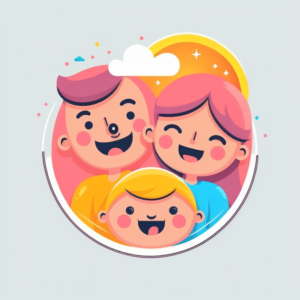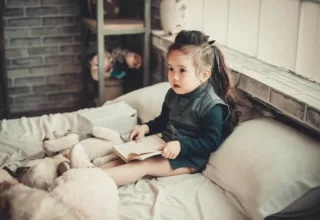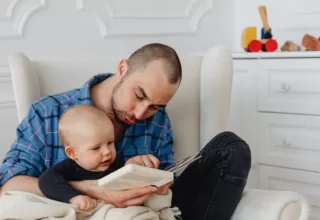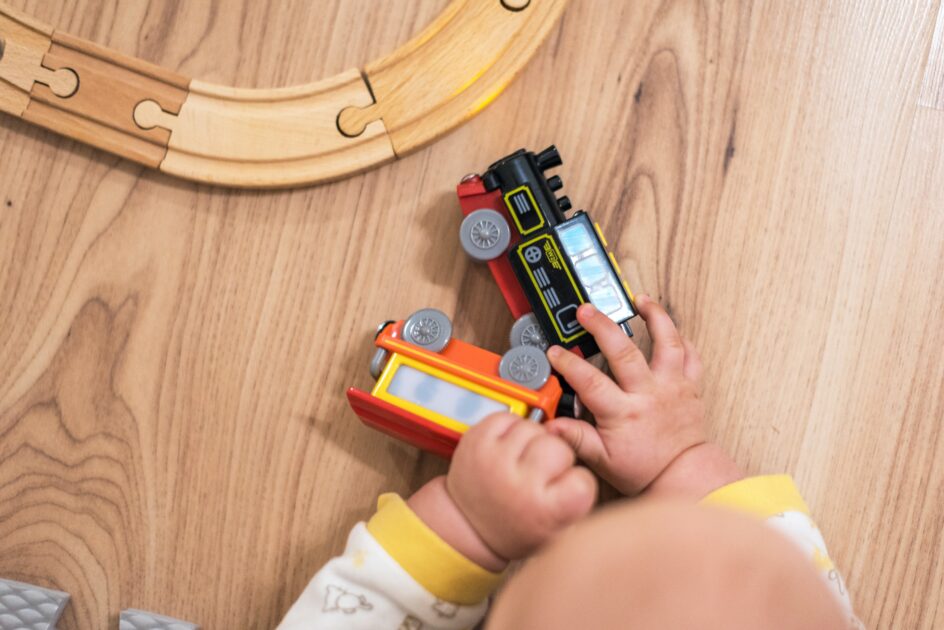How to Choose the Right Educational Toy for Your Child’s Age?
As parents, we all want to provide our children with the best learning experience, and educational toys can play a significant role in helping kids learn while having fun. However, with so many options available in the market, it can be overwhelming to choose the right educational toy for your child’s age. In this article, we will guide you through the process of selecting the right educational toy for your child, so you can make an informed decision that promotes learning and growth.
Understand Your Child’s Developmental Stage
The first step in selecting an educational toy is to understand your child’s developmental stage. Children develop at different rates, but there are some general milestones that can help you determine which toys are appropriate for your child’s age. For example, a 6-month-old baby will benefit from toys that stimulate their senses and help with motor development, such as soft blocks or toys with bright colors and textures. In contrast, a 3-year-old will enjoy toys that foster creativity and imagination, such as dress-up clothes or building blocks.
Consider Your Child’s Interests
When selecting an educational toy, it’s essential to consider your child’s interests. Children are more likely to engage with and learn from toys that capture their attention and spark their curiosity. For example, if your child loves animals, a toy set that includes animal figurines or a puzzle with pictures of animals may be a great choice. If your child is interested in science, a science kit with experiments and activities can encourage learning while having fun.
Look for Age-Appropriate Features
Educational toys are designed to help children learn and grow, but they should also be safe and age-appropriate. Look for toys that are labeled with your child’s age range and check for features that are appropriate for their developmental stage. For example, toys with small parts can be a choking hazard for younger children, and toys that are too simple may not challenge older children. Look for toys with appropriate features that can help your child develop new skills and abilities.
Choose Toys that Promote Learning and Development
When selecting an educational toy, it’s essential to choose toys that promote learning and development. Look for toys that encourage problem-solving, creativity, and critical thinking skills. For example, building blocks can help with spatial awareness and problem-solving skills, while puzzles can develop critical thinking skills and hand-eye coordination. Also, consider toys that promote physical development, such as sports equipment or bikes, as these can help with coordination and gross motor skills.
Consider the Long-Term Value of the Toy
Lastly, consider the long-term value of the toy when making your selection. Educational toys can be an investment in your child’s learning and development, and you want to choose toys that will last and continue to provide value over time. Look for toys that are durable and made from high-quality materials, and consider toys that can grow with your child, such as art supplies or science kits.
FAQs:
Q1. How many educational toys should I get for my child?
A1. It’s not about how many toys you get, but the quality of the toys you choose. Consider getting a few high-quality toys that promote learning and development, rather than a lot of toys that may not provide the same value.
Q2. Are electronic toys good for learning?
A2. While some electronic toys can promote learning and development, it’s essential to choose toys that are age-appropriate, and that do not replace hands-on play and interaction with real-world experiences.
Q3. How do I know if a toy is safe for my child?
A3. Look for toys that are labelled as age-appropriate and have passed safety standards. Avoid toys with small parts that can be a choking hazard, and make sure that the toy is made from non-toxic materials.
Q4. Can educational toys replace learning from books and school?
A4. Educational toys can be a great supplement to learning from books and school, but they should not replace formal education. It’s essential to provide a balanced learning experience for your child that includes hands-on play, social interaction, and academic instruction.
Q5. How often should I rotate my child’s toys?
A5. Rotating your child’s toys every few weeks can help keep them engaged and interested in their playthings. However, you don’t need to rotate all the toys at once; consider rotating a few toys at a time to keep things fresh and exciting.
In conclusion, choosing the right educational toy for your child can be a rewarding experience that promotes learning and growth. By understanding your child’s developmental stage, considering their interests, looking for age-appropriate features, choosing toys that promote learning and development, and considering the long-term value of the toy, you can make an informed decision that promotes your child’s overall well-being. Remember to prioritize safety, and always choose high-quality toys that can provide value for years to come. With these tips in mind, you can select the best educational toys for your child’s age, that they will enjoy playing with while learning new skills and abilities.
How useful was this post?
Click on a star to rate it!
Average rating 5 / 5. Vote count: 2
No votes so far! Be the first to rate this post.




